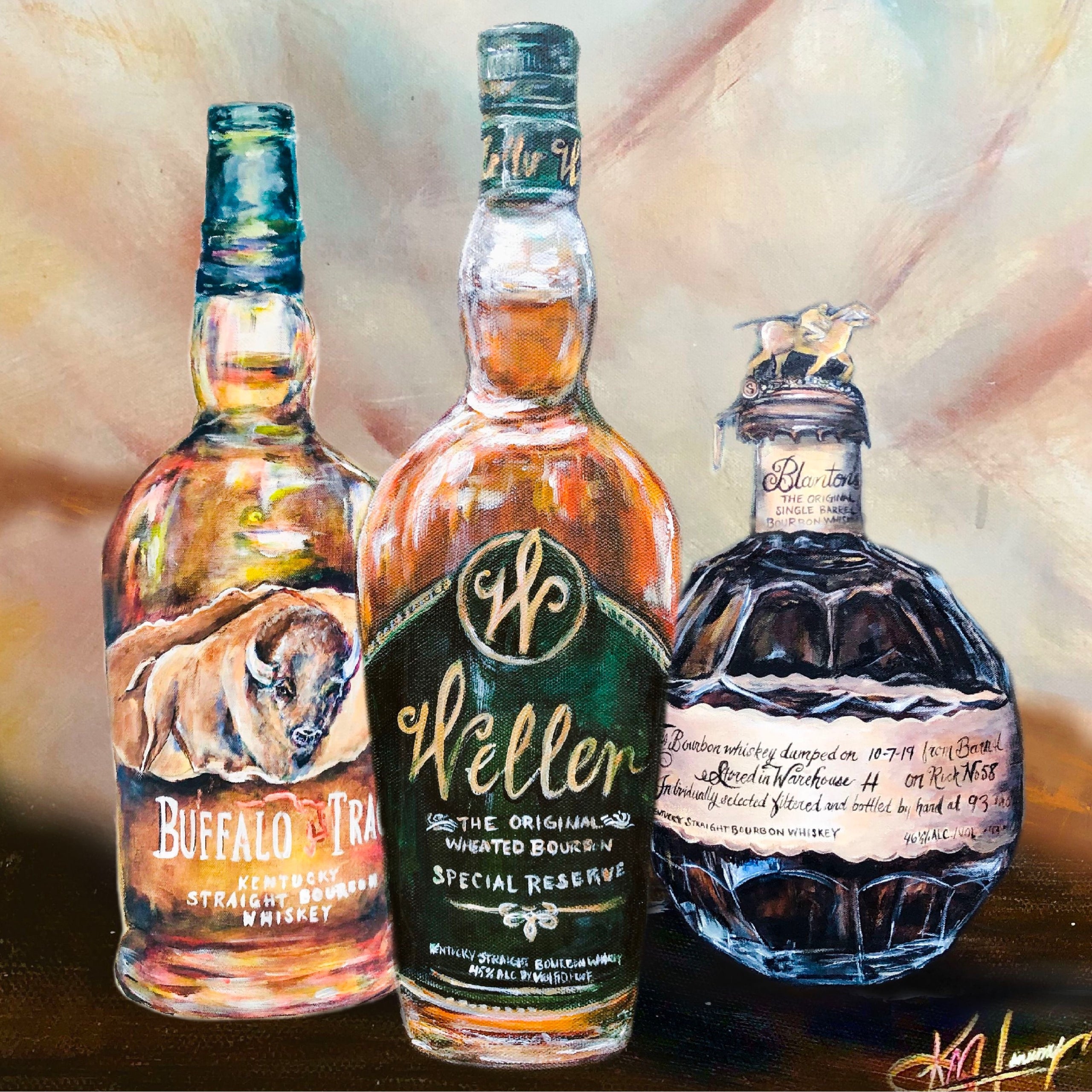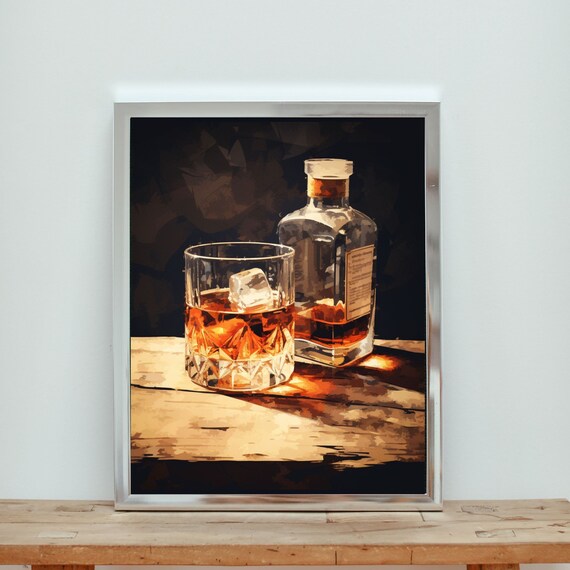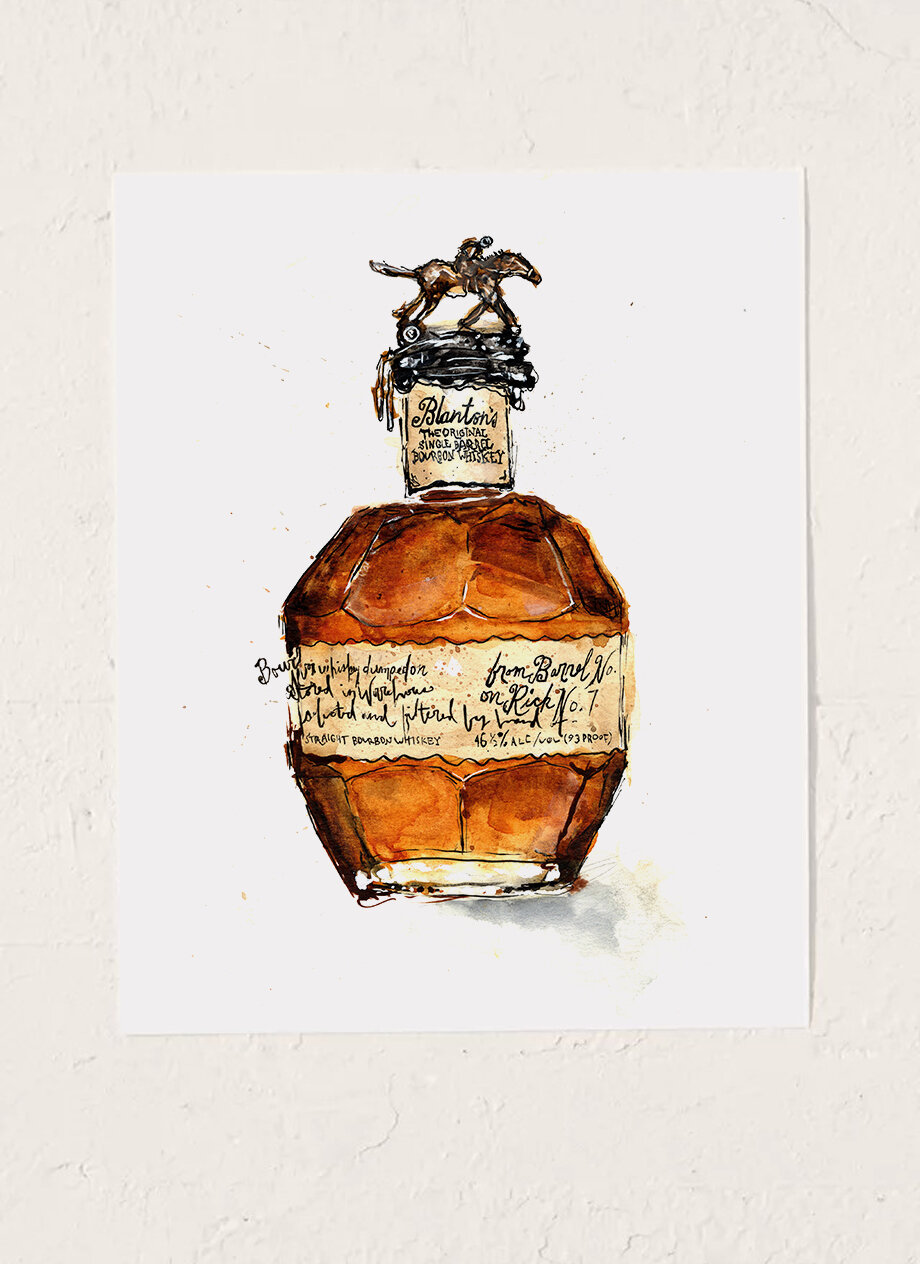Limited Edition Bourbon Art: Why Collectors Are Crowding to Distinct Finds
Limited Edition Bourbon Art: Why Collectors Are Crowding to Distinct Finds
Blog Article
The Relevance of Whiskey Art in Celebrating Heritage and Workmanship in the Beverage Industry
The intricate partnership in between whiskey art and the celebration of heritage and craftsmanship within the drink industry can not be overemphasized. With thoughtfully made containers and labels, scotch brands envelop their historical roots and the artisanal skills that specify their manufacturing techniques.
The Historical Origins of Whiskey
At the heart of scotch's allure lies an abundant tapestry of historical origins that trace back to old worlds. The origins of whiskey can be connected to the purification techniques of the Sumerians and Babylonians around 2000 BCE, where very early forms of fermented grain beverages started to arise. It was in the Center Ages that the art of purification progressed significantly, especially in Ireland and Scotland, leading to the production of whiskey as we understand it today.
The term "bourbon" itself acquires from the Gaelic word "uisce beatha," suggesting "water of life." This expression highlights the cultural relevance of scotch in Celtic cultures, where it was usually linked with routines, parties, and communal bonding. By the 15th century, purification ended up being a recognized craft within reclusive areas, paving the means for the establishment of legal distilleries.
As profession courses increased, whiskey's popularity grew, transcending local limits and recording the passion of lovers worldwide. Whiskey Art. This historical journey shows not just the craftsmanship behind whiskey manufacturing yet additionally its essential duty in cultural and social contexts, marking it as a significant drink throughout history
Artistic Expression in Branding
Whiskey branding stands as a compelling intersection of artistry and commerce, where visual identity plays an important function fit consumer perception. The looks of bourbon tags, packaging, and advertising materials reflect not only the brand name's story but also its core values and heritage. Via imaginative expression, distilleries share a story that resonates with consumers, stimulating feelings and sparking connections.
Making use of color, typography, and imagery in branding offers to separate items in a saturated market. For instance, standard motifs might evoke a feeling of credibility and craftsmanship, while modern-day styles can signify technology and forward-thinking. This strategic creative instructions improves brand name recognition and commitment, allowing customers to forge an individual relationship with the whiskey they pick.
Additionally, artistic expression in branding commonly functions as an event of local heritage. Distilleries frequently include regional icons or historic references right into their designs, producing a feeling of place that welcomes customers to partake in a wider cultural experience. Eventually, the virtuosity behind whiskey branding not only improves aesthetic appeal but likewise improves the overall narrative of the brand, promoting a much deeper appreciation for the craftsmanship and heritage embedded in each container.
Workmanship in Container Layout
The artistry apparent in scotch branding extends beyond aesthetic identification to encompass the craftsmanship included in container layout. Each bottle serves as a vessel not simply for the spirit within, yet additionally for the tale it outlines its practice, beginning, and quality. The style process calls for precise attention to information, as aspects such as closure, shape, and material add dramatically to the total assumption of the bourbon.
Workmanship in container style includes selecting top quality glass that can enhance the whiskey's shade and quality, while additionally providing a responsive experience for the customer. The silhouette of the bottle must be both visually appealing and useful, commonly mirroring the heritage of the brand. Many distilleries choose special shapes or printed logo designs that evoke a feeling of More Help authenticity and history.
In company website addition, the label design and typography play a critical function in communicating the brand name's narrative. Bourbon Art. A well-crafted container not only astounds the customer's eye however additionally reinforces the brand name's commitment to top quality and custom. By doing this, the workmanship of bottle layout ends up being a vital aspect of the scotch experience, combining virtuosity with a profound regard for heritage
Cultural Value of Scotch Art
Commemorating tradition and craftsmanship, the social importance of scotch art goes beyond mere appearances, intertwining with the social and historic stories of the areas from which it originates. Each container acts as a canvas, illustrating the special tales, folklore, and practices that have shaped local whiskey-making techniques. The intricate designs commonly reflect the heritage of the distillers, integrating symbols and motifs that reverberate with the society and values of their communities.

In enhancement, scotch art plays a vital function in communal events and celebrations, acting as a tangible link in between people and their shared experiences. By valuing the artistry in scotch product packaging, consumers grow a deeper understanding and regard for the craft, inevitably enhancing their satisfaction of the beverage itself.
Modern Trends in Scotch Discussion
Over the last few years, the discussion of bourbon has progressed to reflect contemporary preferences and fads while still honoring standard workmanship - Whiskey Art. Distilleries are significantly concentrating on aesthetic aspects that boost the overall drinking experience, connecting the void between heritage and modernity
Ingenious container layouts have actually emerged, frequently incorporating sustainable products and imaginative tags that tell compelling stories. Lots of brand names currently collaborate with local musicians, instilling their products with unique visual expressions that resonate with consumers. Furthermore, limited-edition launches are usually packaged in collectible containers, adding value and appeal for connoisseurs.

Conclusion
In conclusion, whiskey art serves as an essential conduit for revealing the heritage and craftsmanship integral in the drink sector. With intricate branding, cutting-edge container layouts, and culturally substantial imaginative aspects, scotch brands efficiently honor their customs and link with consumers.


Workmanship in bottle design involves selecting high-quality glass that can boost the bourbon's color and clarity, while also giving a responsive experience for the consumer. In this way, the workmanship of container style becomes an essential facet of the scotch experience, merging virtuosity with an extensive respect for heritage.
In verdict, scotch art serves as a vital avenue for revealing the heritage and craftsmanship integral in the drink sector.
Report this page